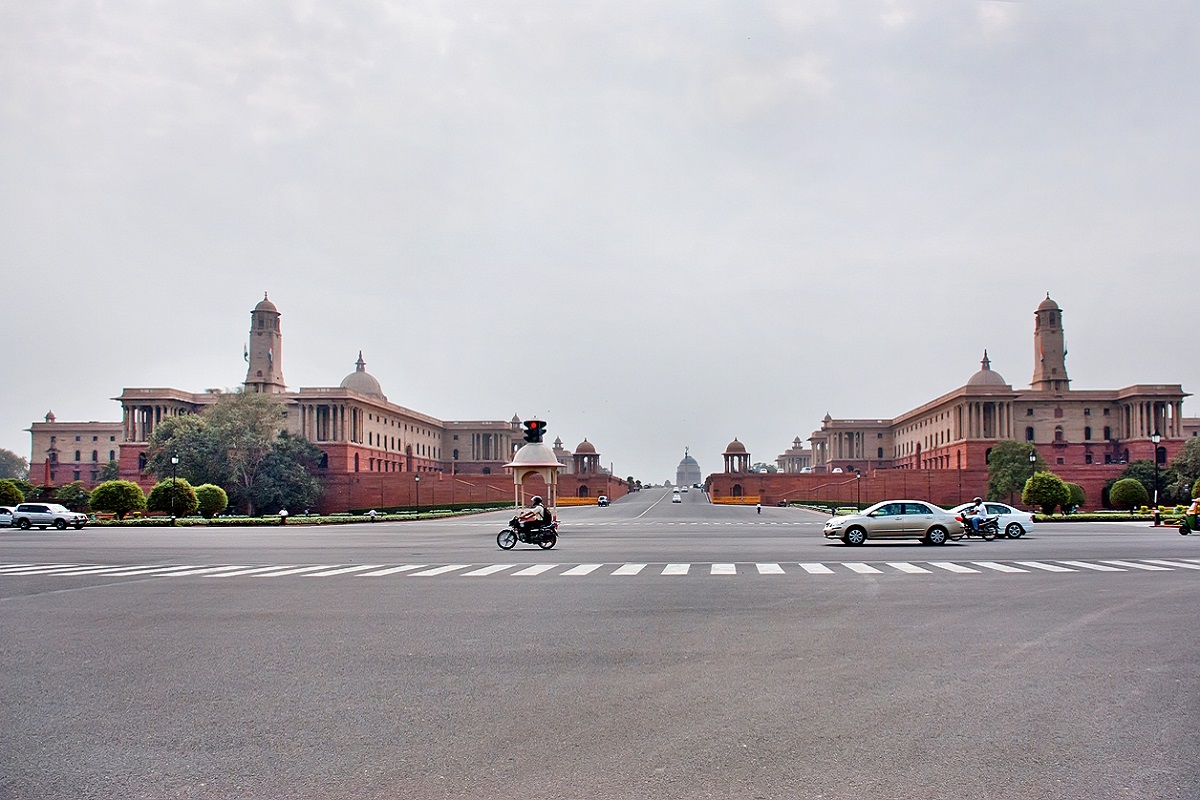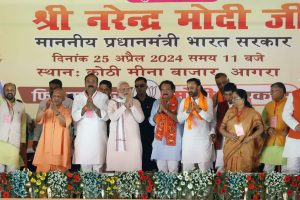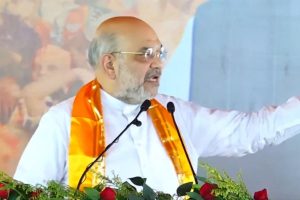How effective are our civil services. In a few days from now, the newly-elected government has to get into the mode of serious governance. The civil services will be called upon to give shape to its professed policies, as prioritised in the manifesto. The real issues have to be grappled with and the institutions of democracy further strengthened.
The council of ministers under the Prime Minister will drive the force of change, but it is the bureaucratic machine manned and led by the civil servants that will finally determine the outcome. While the role of ministers in governance is widely known, what role the civil servants play appears amorphous to the public at large. In reality, civil service formations, through drafting of legislation, formulation of policies and their implementation, impact the life of every individual, directly or indirectly, in a pervasive manner.
Whatever be the degree of angst and dissatisfaction with our system of administration, it is also evident that citizenry’s enthusiasm to vote-in or vote-out a party rests on a belief that basic day-to-day services ~ rendered at educational institutions, banks, hospitals, police stations, government offices, market places and the like ~ always run unhindered. There is also an understanding that, government being a continuum, the flexibility for a new government to make drastic changes is rather limited.
Most old programmes will continue, maybe under a new name but with higher allocation, and a few new ones would be added, maybe with a new resolve. The progression will be unhurried but steady, based on the work done earlier. Paradigm changes do take place occasionally, as it happened during the nation’s engagement with capitalistic ideas from the early 1990s, for over a decade. This is largely because of the sobering influence of the Indian bureaucracy, led by civil services at the state and central levels.
Unfortunately, too much public attention is focussed on our political formations and too little on the administrative ones. Attempts at administrative reforms are made from time to time but have never been pursued seriously. Ideally, such reforms must begin at the top for the organised civil services that comprise the All-India Services (Indian Administrative, Police and Forest Services) and the Group-A Central Civil Services (Indian Foreign Service, Revenue, Postal, Railway, Audit & Accounts and other Services).
To make the higher civil services robust and enable them to facilitate sustained development, in sync with the changing aspirational times, reform measures are called for at every stage ~ from recruitment through continuous training to career progression till retirement. The need for gradual induction of talent from outside as also elimination of post-retirement sinecures should also form part of this process.
However, any meaningful reform is possible only if the inadequacies of the existing system are systematically identified and assessed based on a rigorous analysis of big-time data. Unfortunately, much of the patchy reforms undertaken so far followed the experiential wisdom of senior civil servants and others.
In the acclaimed book Accountability: Angst, Awareness, Action (Pearson, Delhi, 2012), Jay P. Desai has shown that in the Democracy Index 2010, India ranks at 40 out of 167 countries, in Corruption Perceptions Index, 2010, India ranks 87th out of 178 countries, in Bribe Payers Index, 2008, India ranks 19th out of 22 countries, in Global Competitiveness Index, 2010-11, it ranks 51st out of 139 countries, in Worldwide Governance Indicators, 2009 we rank 112th out of 213 countries.
In UNDP’s Human Development Index, 2018, we stand at the 130th position out of 189 countries. This is by no means a flattering account and is rather a telling indictment of our performance, even if one questions the method adopted for such rankings and finds that over the years there have been some improvements in certain areas. Without undermining the contribution of individual civil servants, it is apparent that these international rankings are largely in line with the public perception of the working of our governmental machinery.
Admittedly, civil services alone cannot be blamed for the ills of the country. But given its pervasiveness, the civil services have to accept a major responsibility for this state of affairs. Remaining clueless and blaming the politicians and other organs of the state will not take the country very far. To ascertain where exactly we have been failing and failing so consistently, it is desirable to depend more on data and informed analysis than on intuition and plain common sense.
In an important paper titled Determinants and Consequences of Bureaucrat Effectiveness: Evidence from the Indian Administrative Service, Marianne Bertrand, Robin Burgess, Arunish Chawla and Guo Xu [2015] have documented what contributes to the effectiveness of IAS officers, how the rigid seniority-based promotion and exit rules affect such effectiveness and impact state-level performance.
Based on extensive analysis of data, for instance, it finds, inter alia, that the age of entry into the services which affects career prospects, has a bearing on the perceived effectiveness of such officers. Yet the age of entry and the number of attempts allowed to take the examinations are being increased in response to populist demands. The Indian Administrative Service Meets Big Data by Milan Vaishnav and Saksham Khosla [Carnegie Endowment, 2016] also analyses the systemic deficiencies and suggests some pathways.
Fortunately, there have been attempts to measure civil service effectiveness and rank countries accordingly. The International Civil Services Index (InCiSE), 2019 ~ initiated in 2017 ~ covers 38 countries and seeks to serve ‘as a performance improvement tool to enable civil service leaders to assess their performance vis-à-vis others’, and also ‘as an accountability tool which allows citizens, government officials and politicians to find out how well their civil service is performing.’
Through a transparent process, effectiveness of the ‘central government civil service’ is assessed on the basis of eight core function indicators and four attribute indicators related to the former. These twelve indicators, for which adequate data are available, are: tax administration, capabilities, crisis and risk management, digital services, fiscal and financial management, HR management, inclusiveness, integrity, openness, policy making, procurement and regulation.
This unique project is a collaborative effort between the Blavatnik School of Government (University of Oxford) and the Institute for Government, supported by the UK civil service. Interestingly, UK civil service is ranked on top, followed by New Zealand and Canada. The details, including the technical report, are available online. For minimum government to achieve maximum governance, the instrument of higher services has to be sharpened and strengthened.
Under the circumstances, should India opt to be a part of this project or, given its complexity and vastness, devise its own methodology, modifying on the one followed by the InCiSE project? It may perhaps be started as a pilot project, with the help of Blavatnik School, and then, depending on experience, be modified and expanded in future. No substantive reform of our higher civil services has been possible largely because of the belief that all is basically well and that the ineffectiveness arises mainly on account of illegal political interference and lack of legal political intent. Intuition, experience and common sense can’t take us any further, unless backed by quantified evidence.
It is time to look at hard data, consult the best experts in the field to develop a participative process for measurement and ranking, and initiate meaningful reforms on the basis of big time data analysis. The new government ought to give some thought to this idea.
(The writer is a retired IAS officer)











